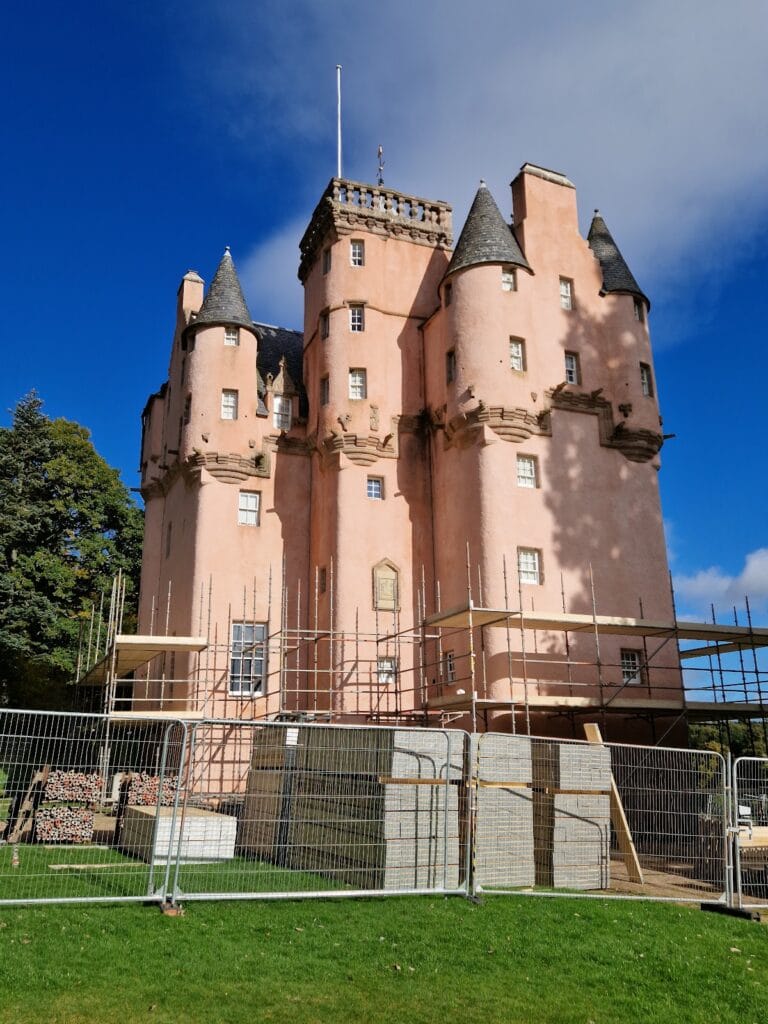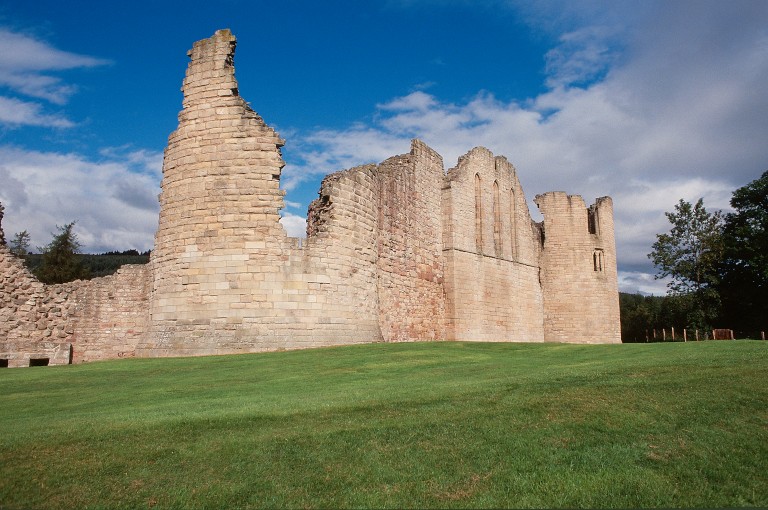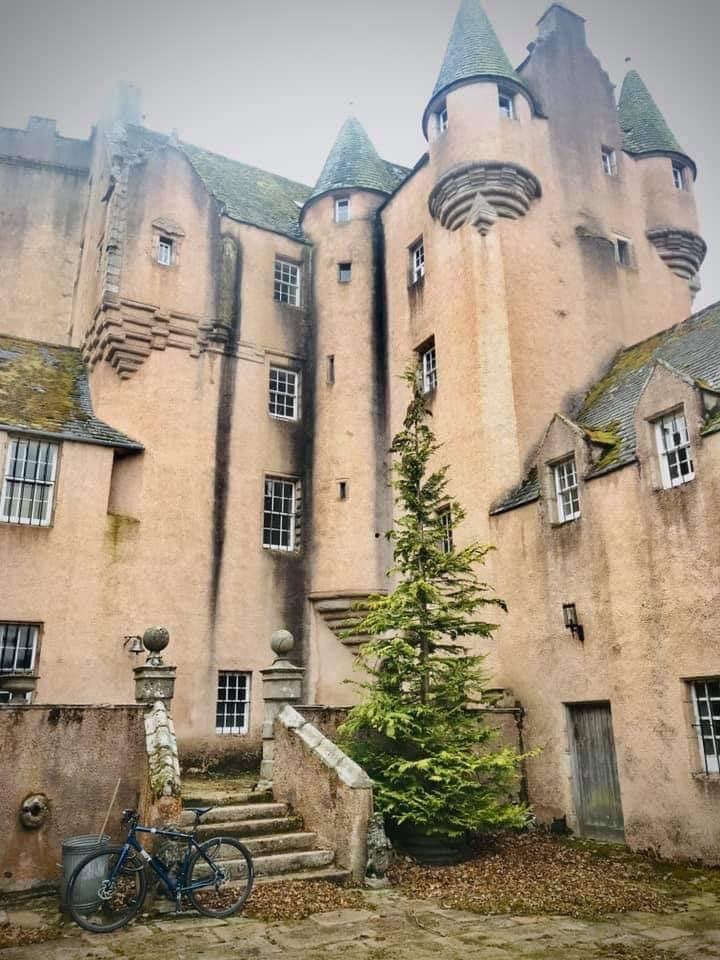Corse Castle: A 16th-Century Scottish Fortress in Banchory
Visitor Information
Google Rating: 4.4
Popularity: Very Low
Google Maps: View on Google Maps
Official Website: en.m.wikipedia.org
Country: United Kingdom
Civilization: Unclassified
Remains: Military
History
Corse Castle is located near Lumphanan in the municipality of Banchory, Scotland. It was constructed by Scottish builders during the late 16th century. The site originally hosted a house that was destroyed by bandits before the current castle was erected.
In 1581, Sir William Forbes commissioned the building of the stone fortress that now bears his initials and the construction date inscribed above its main entrance. The castle replaced the earlier family dwelling, serving as the new seat of the Forbes estate. The Forbes lineage was closely connected to Corse, with Sir William’s sons continuing the family’s presence there. Among them was Patrick Forbes, born in the earlier house in 1564, who rose to prominence as Bishop of Aberdeen in 1618.
Following Patrick’s time, the estate descended to his nephew John Forbes, a theologian who inherited Corse in 1635. John’s life was marked by religious and political conflict; he opposed the National Covenant, a 17th-century Scottish Presbyterian movement, and faced exile before returning to die at Corse in 1648. Over the centuries, Corse Castle remained within the Forbes family line, with successive heirs holding roles such as Deputy Lieutenants for Aberdeenshire, a local administrative post.
By the mid-1800s, Corse Castle had been superseded as a residence by a newer mansion erected nearby. Although the castle gradually fell into disuse and ruin, it stayed under Forbes ownership into the early 20th century. Historical accounts from the late 19th century describe it as a picturesque, though decaying, structure situated near the Corse Burn, a stream which was dammed to form a small body of water enhancing the landscape around the castle.
Remains
Corse Castle stands as a compact fortress from the late 1500s, built according to a Z-plan design, a style common in Scottish tower houses that combines a rectangular main block with towers set diagonally at its corners. Some descriptions also highlight its unusual blend of L- and Z-plan elements, reflecting a distinctive architectural approach for the period.
The castle was constructed beside the Corse Burn, a small stream that was altered by the damming creating a sheet of water south of the building. This modification both supported the defensive setting and added to the estate’s aesthetic appeal. Built primarily of stone, the castle’s walls and towers remain partially intact despite its ruinous condition.
A notable feature preserved in the ruins is the doorway lintel above the entrance, which is marked with the date 1581 along with the initials of Sir William Forbes, the castle’s original builder. These inscriptions provide clear evidence of the construction date and the family association.
Although no full decorative schemes or interior details are recorded, existing photographic and plan records show features such as stair towers and windows that characterize Corse Castle’s design. The surviving structural elements convey the castle’s original form and layout, offering insights into its defensive and residential functions.
Today, Corse Castle is recognized as a scheduled monument, acknowledging its historic importance. While weathered and fragmentary, the remains offer valuable testimony to 16th-century Scottish fortification styles and the Forbes family’s long-standing connection to the site.










